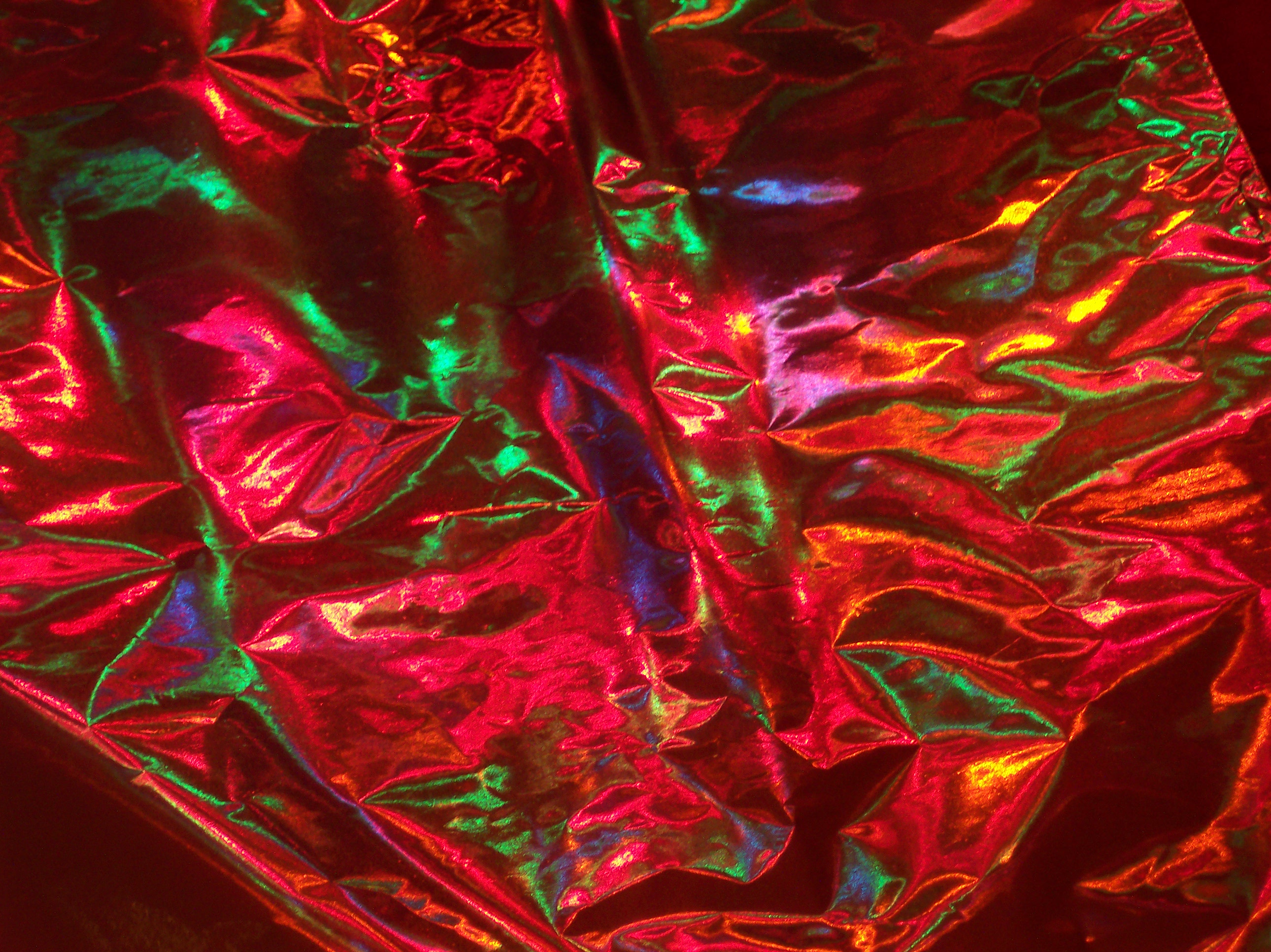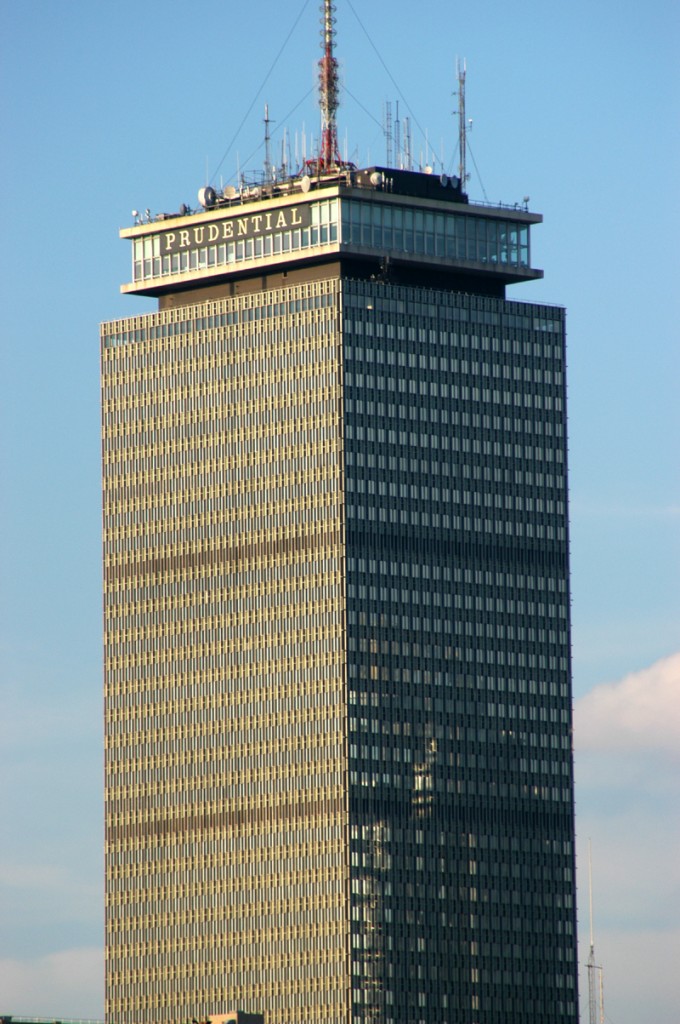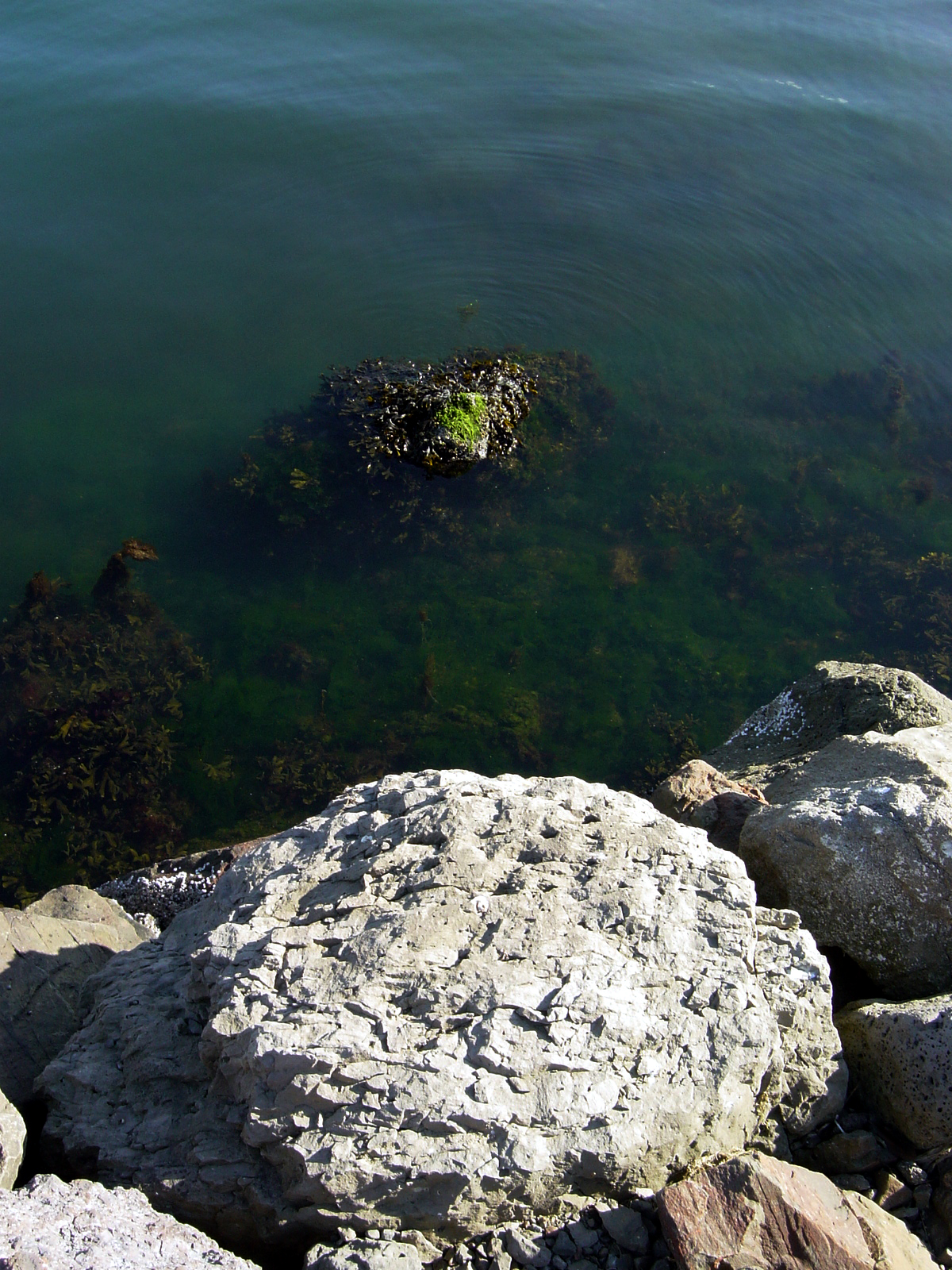I found a way to incorporate William Shatner into this post. You’ll see. Keep readin’ and a-clickin’. I really like it. It’s way off the subject but it brings us to a better place.
I also NEEDED to link to Martha Stewart for reasons that will be obvious.
Yesterday’s post stemmed from a discussion of song introductions and to what extent they might be copyrightable. And that discussion stemmed from my post the day before in which I claimed that the intro to the following Sandals.com commercial –
had copied the intro to the Beatles’ song –
I should add that I feel that Sandals.com consciously, carefully and deliberately copied the intro to Beatles’ Getting Better. Sandals.com did not accidentally derive this introduction, or independently create their introduction. Some composer labored over this.
The only reader to comment on this felt that Sandals.com copying of the Beatles was NOT an example of copyright infringement. I agreed with him. I posed many questions pertaining to this – few were answered. As Martha Stewart would likely say to me, “it’s a good thing,” as that means I can either
A. answer them now
B. answer them later at emichaelmusic.com or in an article, book or app
C. answer them later at a conference, law school or university
D. answer them later under oath at a deposition
E. answer them at a restaurant/bar
F. let someone else answer them
G. not answer them
I’ll likely opt for option B, or B and F.
I am trying to establish that one can copy INTENTIONALLY without infringing copyright. Sandals.com copied The Beatles and it was not copyright infringement. I think a statement like “one can copy INTENTIONALLY without infringing copyright” could be controversial.
* * * * * * * * * *
And now to continue from yesterday’s topic – song introductions that are likely NOT copyrightable. Here are a few new songs. You’ll notice that these are Neil Young-loaded. That’s simply due to where I was looking/listening – it is not scientific or anti-Canadian:
Frank Black – Tossed
Caetano Veloso – Jasper
Neil Young – The Old Laughing Lady
Neil Young – The Last Trip To Tulsa
Neil Young – Mr. Soul
Neil Young – Bringin’ Down Dinner
Katy Perry – Teenage Dream
* * * * * * * * * *
The seven (7) songs from yesterday:
(Again, these are intros that are NOT very copyrightable.)
The Doors – Back Door Man
Isaac Hayes – By The Time I Get To Phoenix
Frank Black – Hang On To Your Ego
Katy Perry – Circle The Drain
Neil Young – Without Rings
Pixies – Bone Machine
White Zombie – Thunder Kiss ’65
* * * * * * * * * *
At some point soon, I really want to explore the opposite – COPYRIGHTABLE introductions – highly copyrightable introductions. I’ll tease by offering a highly highly highly copyrightable introduction. It’s by The Beatles, a band that formed in Liverpool in the 1950’s. This was early Beatles – pre-Ed Sullivan Beatles – showing off. One of the things I think they’re saying is:
“We’re darn good. We can play well. Can you play this much this fast?”
Here is their earliest Highly COPYRIGHTABLE intro:
Beatles – Like Dreamers Do




















